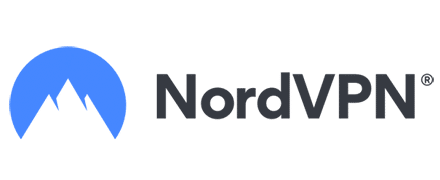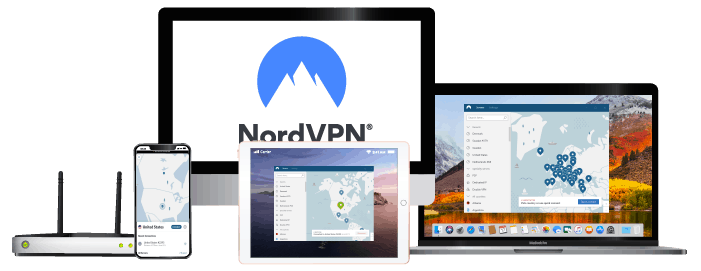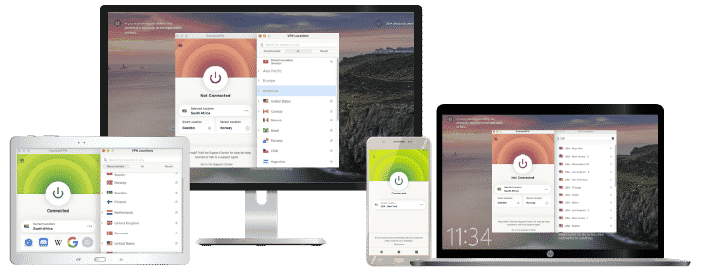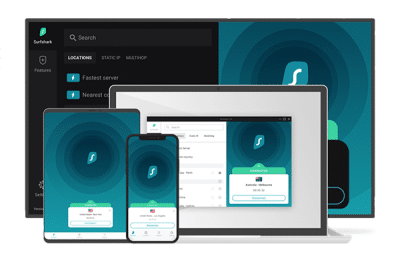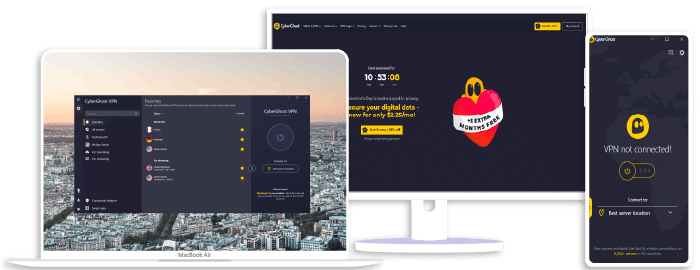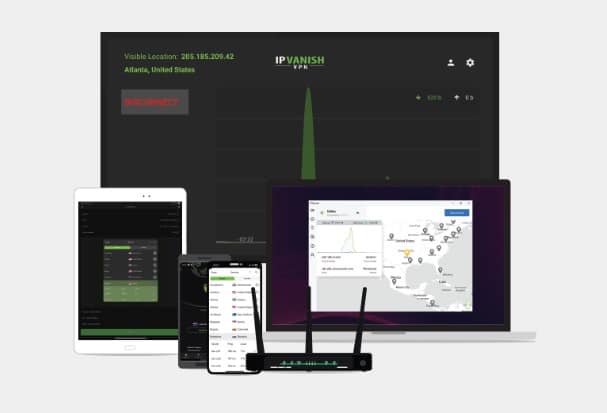How to Watch YouTube if Blocked at Work or School?
Ever found yourself stuck in a situation where you’re itching to watch your favorite YouTube video, but alas! It’s blocked at work or school? Yep, I’ve been there too. So, let me break down some handy tricks for you on how to watch YouTube if it’s blocked at your workplace or educational institution.
Now, don’t worry. You won’t need any advanced tech skills for this. A simple workaround involves using trusty VPN services like ExpressVPN, NordVPN, and Surfshark. These tools help bypass network restrictions by masking your IP address and tricking the system into thinking you’re accessing from a different location.
But that’s not all! There are more methods you can employ to unblock YouTube content, ensuring you never miss out on trending videos while stuck in the office or classroom. Let’s dive deeper into these solutions together so that next time when YouTube is blocked, it doesn’t halt our entertainment flow.
NordVPN
Overall score: 9.6
- Incredibly fast servers
- Great security features
- Verified no-logs policy
- Unblocks streaming platforms
30-Day Money-Back Guarantee!
ExpressVPN
Overall score: 9.8
- Super-fast servers
- AES 256-bit encryption
- Supports private protocol, Lightway
- Money-back guarantee
30-Day Money-Back Guarantee!
Surfshark
Overall score: 9.5
- Allows unlimited simultaneous connections
- Integrates Stealth mode
- Multihop feature available
- 3,000+ servers
30-Day Money-Back Guarantee!
CyberGhost
Overall score: 8.8
- 45-day money-back guarantee
- 7,000+ reliable servers
- Strict no-log policy
- Tough security features
30-Day Money-Back Guarantee!
IPVanish
Overall score: 9.4
- Speedy servers
- AES 256-bit encryption
- Offers a 7-day free trial
- Unblocks restricted platforms with ease
30-Day Money-Back Guarantee!
Understanding YouTube Blockades at Work and School
YouTube, a popular video streaming platform, often becomes the victim of blockades in workplaces and educational institutions. I’m here to help you understand why this happens and how you can work around it.
Primarily, YouTube is blocked to discourage distractions. Let’s be honest; it’s easy to lose track of time watching cat videos when you should be working on that important project or studying for your upcoming test. Schools and offices use various methods to enforce these restrictions – some might employ content filtering software, while others could utilize firewall rules.
It’s important to realize that every blockade has its loopholes. If YouTube is blocked at your location, don’t fret! There are several methods available that’ll let you circumvent these restrictions without violating any laws.
One such method is using a VPN service. Services like ExpressVPN, NordVPN, or Surfshark offer secure connections that hide your internet activity from prying eyes – even from those who control the network traffic at your school or office. These services essentially mask your connection, making it appear as though you’re accessing the internet from a different location where YouTube isn’t blocked.
Here’s a quick comparison of the three mentioned VPN services:
| Service | Number of Server Locations | Compatibility |
|---|---|---|
| ExpressVPN | 160 locations in 94 countries | Windows, Mac OS X, Linux, iOS, Android |
| NordVPN | 59 countries worldwide | Windows, Mac OS X, Linux, iOS, Android |
| Surfshark | Over 65 countries | Windows , Mac OS X , Linux , iOS , Android |
Though using a VPN service might seem technical at first glance, they’ve been designed with user-friendliness in mind. You won’t need advanced IT skills – just follow the instructions provided by your chosen provider.
Remember though: while my tips can help you access YouTube despite institutional blockades; make sure not to neglect your responsibilities! After all, there’s always ample time for entertainment once work or study hours are over.
Strategies for Accessing Blocked YouTube Content
Let’s dive right into some effective strategies you can use to access blocked YouTube content at work or school.
First off, I can’t stress enough the effectiveness of Virtual Private Networks (VPNs). VPNs are a godsend when it comes to bypassing online restrictions. They mask your IP address and trick the network into thinking you’re browsing from a different location. Here are three recommended options:
- ExpressVPN: Known for its fast speed and reliable connections, ExpressVPN lets me stream YouTube videos without any buffering issues.
- NordVPN: With NordVPN, I get an extra layer of security on top of unrestricted internet access, making it a great choice if you’re concerned about privacy.
- Surfshark: Surfshark offers unlimited device support – perfect if you need to access YouTube from multiple devices.
Remember, though, before using any VPN service, do ensure that it’s legal in your country and doesn’t violate your school or workplace policies.
Next up is the method of using Google Translate as a proxy server. It may sound surprising but let me assure you that it works! All you need to do is enter the URL of the blocked video into Google Translate and voilà – your video should be accessible.
You might also want to give browser extensions like Hola or ProxMate a try. These work similarly to VPNs by connecting you through servers based in other countries where YouTube isn’t blocked.
Last but not least: incognito mode or private browsing could help as well. This method doesn’t always work since most schools and workplaces block sites on their networks rather than individual computers – but hey, it’s worth giving it a shot!
As with anything else in life, there’s no surefire way around every barrier we encounter – especially when technology is involved! But armed with these strategies, I’m confident that accessing blocked YouTube content will be less daunting for all of us.
Conclusion: Navigating YouTube Restrictions Responsibly
I’ve navigated through the methods of accessing YouTube when it’s blocked at work or school. It’s clear that, while this is possible, we should always strive to act responsibly and consider our actions’ implications.
One proven way I’ve discussed is using VPNs like ExpressVPN, NordVPN, or SurfShark. These services can help bypass network restrictions by masking your IP address and routing your connection through servers in different locations. However, keep in mind that these tools must be used responsibly—don’t forget to respect your organization’s policies and the legalities surrounding content access.
It’s also worth noting that while VPNs can provide a solution, they’re not 100% foolproof. Some networks have robust systems in place to detect and block VPN traffic. If you find yourself unable to access YouTube even with a VPN, it might be because of such advanced security measures.
Remember too, that there are legitimate reasons why certain sites may be blocked at your workplace or school—usually for productivity or safety reasons. As tempting as it may be to circumnavigate these restrictions, it’s important not to disregard the rules set by your institution.
So before pursuing any method mentioned:
- Understand the potential risks involved.
- Ensure you’re not breaching any terms of use.
- Always prioritize doing what is ethical and lawful.
Navigating around YouTube blockages requires a balance between technological know-how and moral judgment. You now have the knowledge—it’s up to you how you’ll use it!
